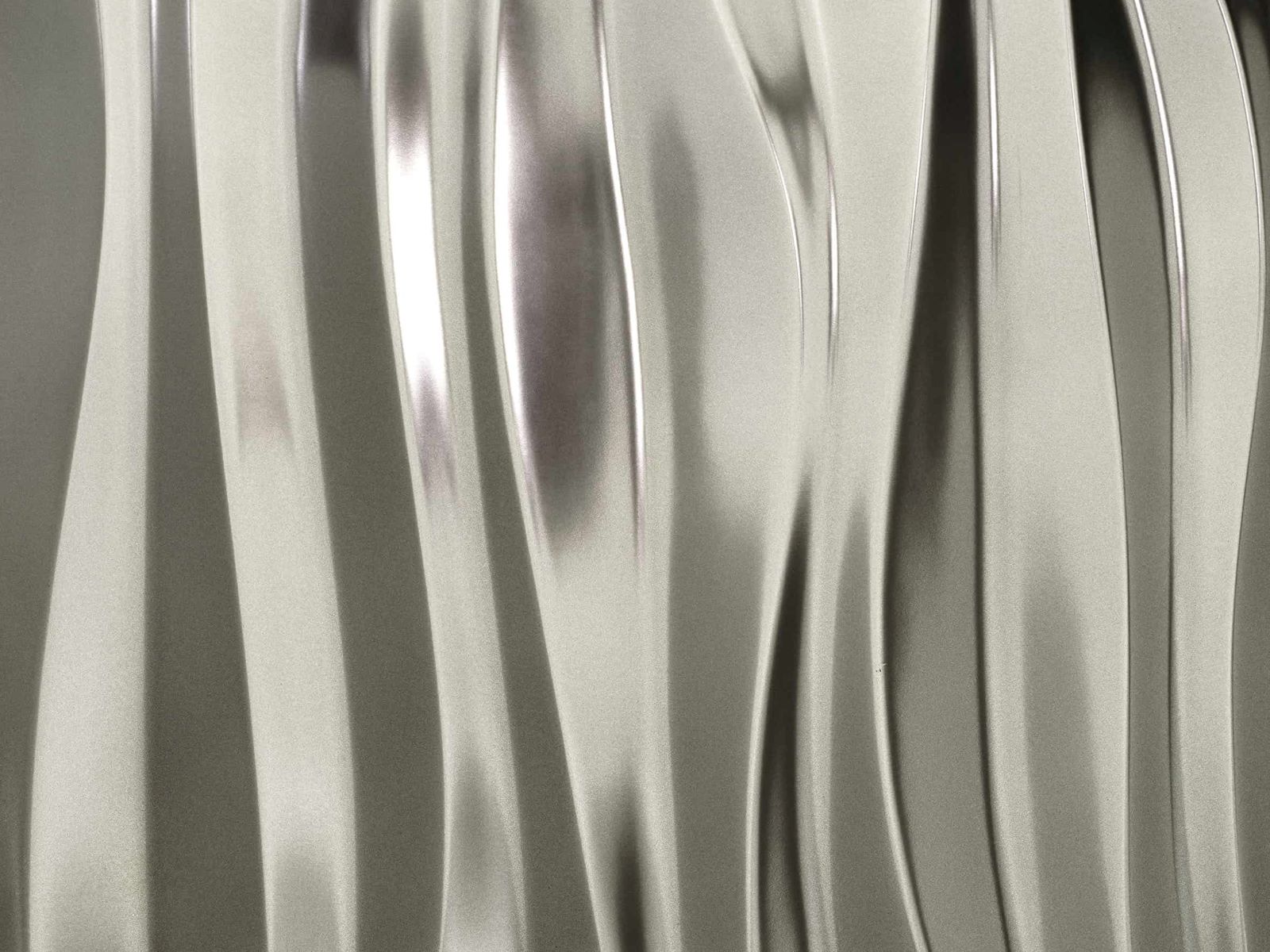
What is Zanazziite? Zanazziite is a rare phosphate mineral that captures the interest of geologists and collectors alike. Named after Italian mineralogist Pier Francesco Zanazzi, this mineral boasts a unique composition and striking appearance. Found primarily in Brazil, it forms in phosphate-rich environments, often alongside other fascinating minerals. Zanazziite's green to yellow-green hues make it a standout in any collection. Its crystal structure is complex, adding to its allure. Whether you're a seasoned collector or a curious newcomer, learning about Zanazziite offers a glimpse into the intricate world of minerals. Ready to dive into 30 intriguing facts about this captivating mineral? Let's get started!
Key Takeaways:
- Zanazziite is a rare and fascinating mineral found in granite pegmatites, known for its greenish to brownish crystals and unique properties like pleochroism and fluorescence under ultraviolet light.
- While not widely used in commercial applications, Zanazziite holds significant value as a collector's mineral, in educational settings, and in mineralogical research due to its unique properties and stunning visual patterns.
What is Zanazziite?
Zanazziite is a rare and fascinating mineral that captures the interest of geologists and collectors alike. Let's dive into some intriguing facts about this unique mineral.
- Zanazziite is a phosphate mineral belonging to the roscherite group.
- It was first discovered in the Lavra da Ilha pegmatite in Minas Gerais, Brazil.
- The mineral was named after Piero Zanazzi, an Italian mineralogist.
- Zanazziite typically forms in granite pegmatites, which are igneous rocks with large crystals.
- It often appears as greenish to brownish crystals.
- The crystals are usually transparent to translucent, giving them a glassy appearance.
- Zanazziite has a Mohs hardness of 5, making it relatively soft.
- It has a vitreous luster, meaning it has a glass-like shine.
- The mineral's chemical formula is Ca2Mn2+5Be4(PO4)6(OH)4·6H2O.
- Zanazziite is often found in association with other minerals like beryl, tourmaline, and quartz.
Where Can You Find Zanazziite?
Zanazziite is not just found anywhere. Its occurrence is limited to specific geological settings, making it a prized find for mineral enthusiasts.
- Besides Brazil, Zanazziite has been found in Afghanistan.
- It is also reported in the United States, particularly in Maine.
- The mineral is often located in pockets within pegmatites, where it forms alongside other rare minerals.
- Zanazziite is typically extracted through mining operations in these pegmatite regions.
- Collectors often seek out Zanazziite specimens at gem and mineral shows.
Unique Properties of Zanazziite
Zanazziite has several unique properties that make it stand out among other minerals.
- It exhibits pleochroism, meaning it can show different colors when viewed from different angles.
- Zanazziite can fluoresce under ultraviolet light, often showing a greenish glow.
- The mineral has a triclinic crystal system, which is one of the least symmetrical crystal systems.
- Zanazziite's crystals can form in radiating clusters, creating stunning visual patterns.
- It has a specific gravity of around 3.1, making it denser than many common minerals.
Uses and Applications of Zanazziite
While Zanazziite is not widely used in commercial applications, it holds significant value in other areas.
- Zanazziite is primarily valued as a collector's mineral.
- It is often used in educational settings to teach about mineralogy and crystallography.
- Some gem cutters use Zanazziite to create cabochons and other decorative pieces.
- The mineral is sometimes included in mineralogical research to study its unique properties.
- Zanazziite specimens can be quite valuable, especially those with well-formed crystals.
Fascinating Facts About Zanazziite
Let's wrap up with some more captivating tidbits about this intriguing mineral.
- Zanazziite's discovery in Brazil was relatively recent, occurring in the 1980s.
- The mineral's name was officially approved by the International Mineralogical Association in 1986.
- Zanazziite can sometimes be confused with other minerals like roscherite due to its similar appearance.
- High-quality Zanazziite specimens are often displayed in museums around the world.
- The mineral's unique combination of elements, including beryllium and manganese, makes it a subject of ongoing scientific study.
Zanazziite: A Gem of Many Wonders
Zanazziite isn't just another mineral. Its unique chemical composition and crystal structure make it a standout. Found primarily in Brazil, this gem has fascinated geologists and collectors alike. Its greenish hue and translucent quality add to its allure.
Beyond its beauty, zanazziite offers insights into geological processes. It forms in phosphate-rich environments, often alongside other rare minerals. This makes it a valuable specimen for studying mineral formation.
Collectors prize zanazziite for its rarity and aesthetic appeal. Its distinctive features make it a sought-after addition to any collection. Whether you're a seasoned collector or a geology enthusiast, zanazziite holds a special place in the world of minerals.
In short, zanazziite is more than just a pretty face. It's a window into the Earth's geological history and a gem worth cherishing.
Frequently Asked Questions
Was this page helpful?
Our commitment to delivering trustworthy and engaging content is at the heart of what we do. Each fact on our site is contributed by real users like you, bringing a wealth of diverse insights and information. To ensure the highest standards of accuracy and reliability, our dedicated editors meticulously review each submission. This process guarantees that the facts we share are not only fascinating but also credible. Trust in our commitment to quality and authenticity as you explore and learn with us.


